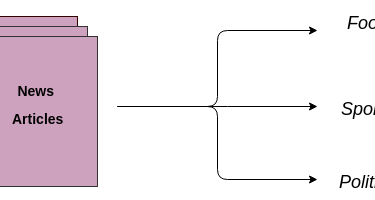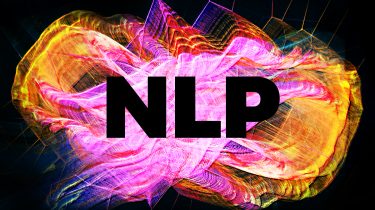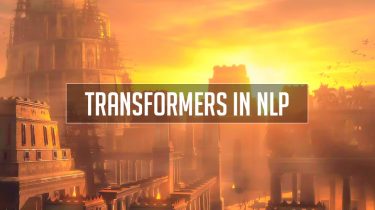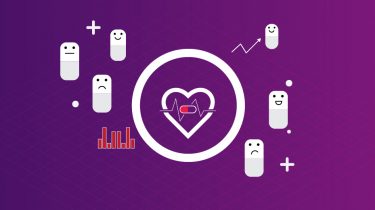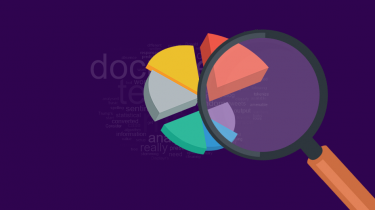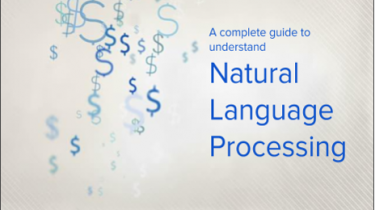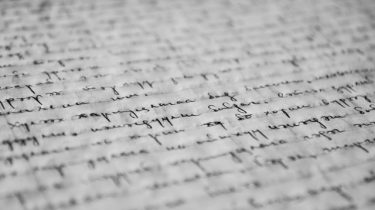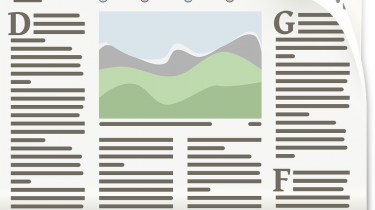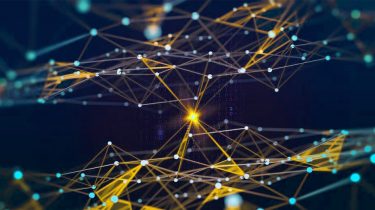A Comprehensive Guide to Understand and Implement Text Classification in Python
Improving Text Classification Models While the above framework can be applied to a number of text classification problems, but to achieve a good accuracy some improvements can be done in the overall framework. For example, following are some tips to improve the performance of text classification models and this framework. 1. Text Cleaning : text cleaning can help to reducue the noise present in text data in the form of stopwords, punctuations marks, suffix variations etc. This article can help to understand how […]
Read more